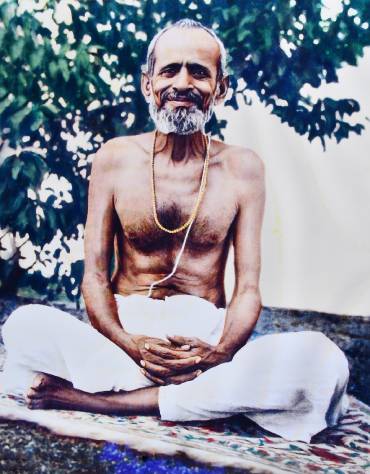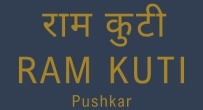
Gurudev
“As Gurudev says it is no good just thinking spiritual thoughts, or engaging in chanting, ritual fasts and pilgrimages. These things are good, but they mean nothing unless one does something – something that will help other people”.
Gurudev

“As Gurudev says it is no good just thinking spiritual thoughts, or engaging in
chanting, ritual fasts and pilgrimages. These things are good, but they mean
nothing unless one does something – something that will help other people”.
Param Pujya Shri Ranchhoddasji Maharaj was an ageless saint and Messiah, with vision and missionary zeal. He was born into a Maharashtrian Deshastha Rigvedic Brahmin family in Baifal village of Varad in Amaravati Province, on the fourth day of the Hindu Kartik month. His father was a police constable and he had one sister and three brothers. His mother was very devout.
In his childhood he studied for two years at Baifal and for one further year at the nearby town of Naachan. It was his childhood desire to become a Yogi Saint and when he was nine years old he left home and went towards Jaipur which at that time was known by the name of Amer. He had a fortunate meeting with his Gurudev Shri Balkrishnadasji Payhariji Maharaj, in the village of Dhousa near Jaipur. He went with his Gurudev to the Ashram at Galtaji which is still there today. It is a natural cave in a hill, 14 kms from Jaipur, surrounded by great scenic beauties such as blue sky, mountains, greenery, a marvellous waterfall, wildlife, and centuries old buildings.
At Galtaji ashram he was initiated with the five rituals of “Virakta Diksha” and thereby became Yajurvedi, following the discipline of Vishisthadvaita of Shri Jagadguru Ramanandacharyaji Maharaj of Shri Matha of Varanasi. He travelled widely throughout the country on foot and after years of meditation and self realisation attained the spiritual power which enabled him to give direction to all those standing at the crossroads of life.
He strongly advocated that there is no greater religion than service to humanity. He stood for age old culture and value but never created a cult of his own personality. He showed a way of performing selfless actions, discarding the rigidity of rituals and said that the only way to attain happiness is by giving it. The gist of his teaching is a path of love through selfless service. His message is not renunciation but selfless action, not attachment but dedication. To give guidance to all those who have lost their path or who are treading in darkness he spearheaded the concept of volunteerism and voluntary efforts.
He preached the principles of “Sarve Bhavantu Sukhinah” & “Tamso Ma Jyotirgamaya” i.e we should serve the masses to lead them from darkness to light, physically, mentally, ethically and spiritually without distinction of caste or creed. In short, he was a man of vision. His endearing spirit for this benevolent task attracted thousands of dedicated and devoted disciples.
He conceived the idea of organizing charitable eye camps and starting medical relief work over four decades ago. Since 1950 he conducted free eye camps every year for the relief of blindness among the poor & needy in backward interior areas where no hospital facilities were available.
He envisaged the role of voluntary institutions to aid the millions of suffering humanity. He founded various Trusts to organize and conduct all the activities throughout the year at three Centres.
1) Shree Satguru Sadan Ashram, Kuvadva Road, Rajkot – 360 003 (Guj.)
2) Shree Raghuveer Mandir Bodi Gufa, Janki Kund, Chitrakut – 210 204 (M.P.)
3) Shree RamDham Pushkar Via Ajmer – 305 022 (Raj.)
He also started relief operations during natural calamities such as drought floods, cyclones & earthquakes. He endeavoured to eradicate & Mitigate the Poverty illiteracy & suffering of old poor & down trodden people.
He left for his heavenly abode on 19th April 1970 at Bombay. Although Gurudev is no longer with us bodily, his soul is still very much alive and his eternal divine inspiration is leading us from darkness to light in our day-to-day life.
Manubhai Madhvani , Kakira, July 2003


